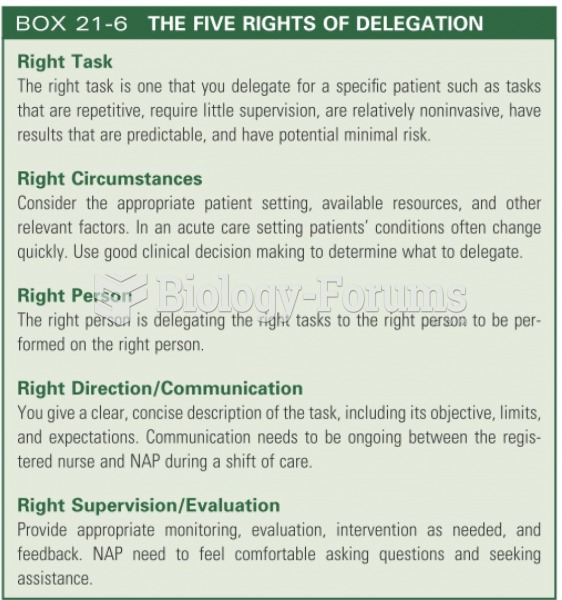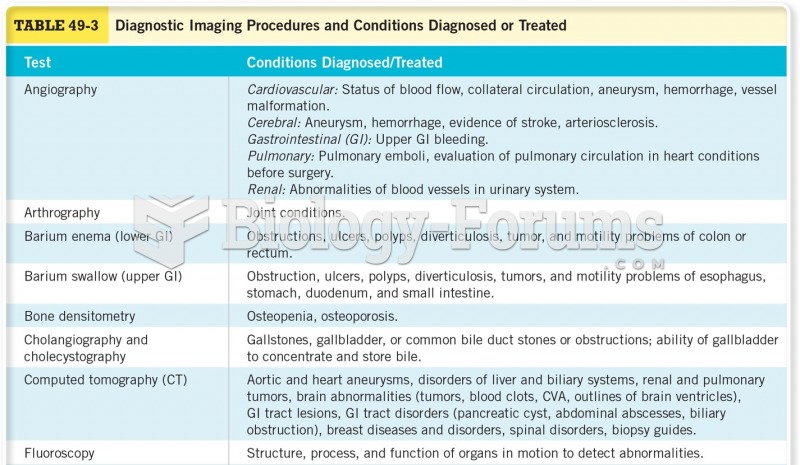Answer to Question 1
(any four)
1. When you need more time for work that only you can do, especially planning responsibilities that will contribute more to departmental productivity than the job being delegated.
2. When delegating will help involve employees, improve their morale, and cause them to work closer to their potential.
3. When it will not show undue favoritism or seriously damage relationships with other employees.
4. When you are willing to take the time and effort to do a skillful job of delegating.
5. When you are under pressure and must relinquish some responsibilities in order to protect your physical and mental health.
Answer to Question 2
(any seven)
Consider the following steps in turning over new responsibilities to an employee:
1. Meet in private where you will not be interrupted and allow sufficient time to delegate carefully and thoroughly.
2. Go over the new job step by step. Break big tasks into smaller, manageable ones. Illustrate or demonstrate whenever possible.
3. Instill vision regarding the value and importance of the task. Explain why the task matters and how it contributes to broader organizational goals.
4. Establish, as relevant, clear goals, acceptable levels of performance, timelines and benchmarks for completion.
5. Clarify how much authority you are granting and how much you are retaining. Further, clarify the amount of autonomy you are granting (or not) to function independently without need to consult you.
6. Explain the level of support that is available to assist the employee, including from you, co-workers, and managers and employees outside the work unit who share responsibility for completing the task. Note: Be sure to communicate with these individuals so they will anticipate contact from the employee instead of from you.
7. Ask the employee for verbal feedback on all details presented to eliminate future misunderstandings. Give the employee full opportunity to ask questions.
8. Compliment the employee on previous work and transmit your confidence in the way she or he will per-form the new responsibility.
9. Establish how you will monitor progress, including the form of reporting required (verbal, written sum-mary, checklist, spreadsheet, etc.) Set a time and date for follow-up. Prior to this time, give the employee freedom to perform the task without appearing to hover or second-guess her. Affirm that you remain ac-cessible at any time prior to this time if the need arises. However, if you sense the employee is struggling and hasn't come to you for support, it may be best to check in before the due date.
10. Continue to monitor task progress, but soon let the employee do the task without your interference or con-trol.







